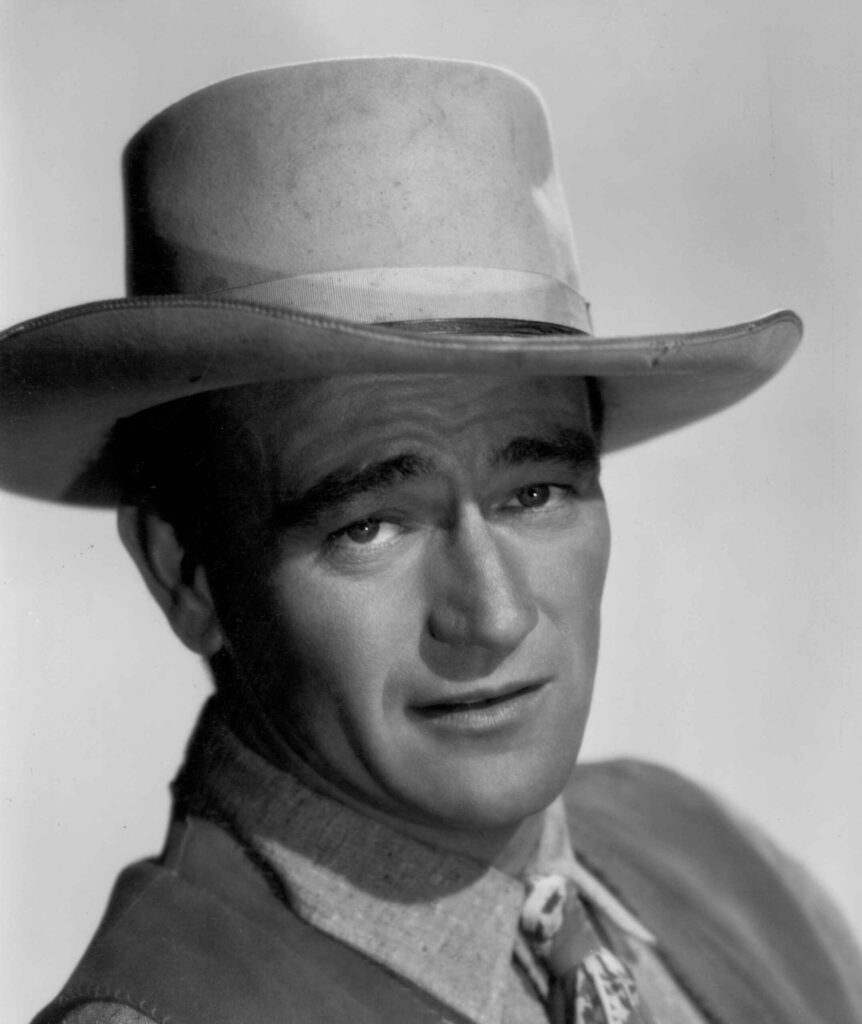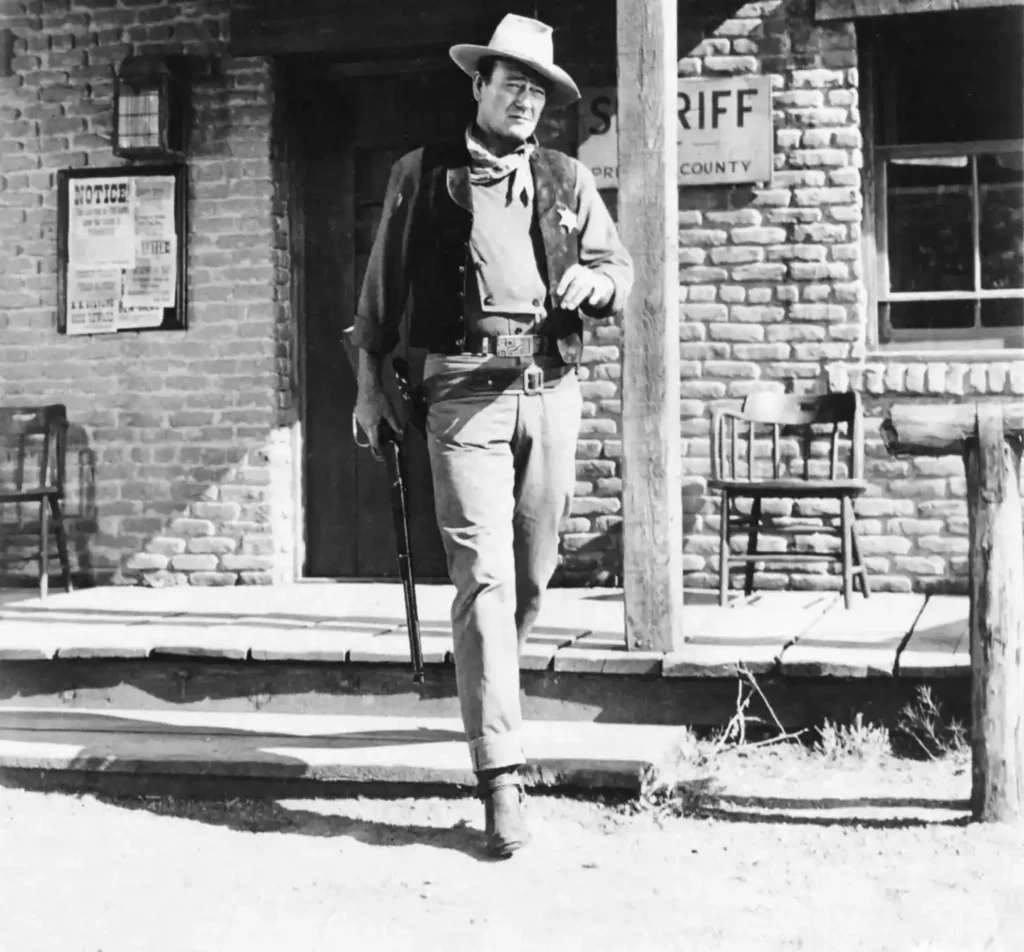Who is John Wayne?
John Wayne, born Marion Robert Morrison on May 26, 1907, was an iconic American actor and film producer. Known for his strong on-screen persona as a rugged cowboy, he became a symbol of the American frontier in Hollywood. With a career spanning over five decades, Wayne appeared in over 170 films, predominantly in the genres of Western and war movies. His distinctive voice, square jaw, and physical presence made him one of the most enduring and admired actors of the 20th century.
Detailed Bio Table
| Attribute | Details |
|---|---|
| Full Name | John Wayne (Marion Robert Morrison) |
| Date of Birth | May 26, 1907 |
| Place of Birth | Winterset, Iowa, United States |
| Height | 6 feet 4 inches (193 cm) |
| Parents | Clyde Leonard Morrison (Father), Mary “Molly” Brown Morrison (Mother) |
| Net Worth | Estimated $50 million (2024) |
| Profession | Actor, Film Producer |
| Famous Roles | Westerns, War Films |
| Spouse(s) | Josephine Saenz (m. 1933-1945), Pilar Pallete (m. 1954-1978) |
| Children | 7 children |
| Death | June 11, 1979, Los Angeles, California |
Social Media Accounts Table
John Wayne passed away in 1979, but there are official social media accounts dedicated to his legacy.
| Platform | Link |
|---|---|
| @johnwayneofficial | |
| John Wayne Official | |
| @TheJohnWayne | |
| YouTube | John Wayne Official YouTube |
Latest News
As of 2024, John Wayne’s legacy continues to resonate with fans and new generations. Recently, a documentary series showcasing his immense contributions to film and culture has gained attention. The series delves into his career, controversies, and the lasting impact of his roles. Fans have also been revisiting his most iconic films, sparking renewed interest in his life and work, particularly his role in True Grit, which led to an Academy Award win.
Physical Appearance
John Wayne stood at an imposing 6 feet 4 inches tall. His physical appearance matched his tough-guy roles in Hollywood films. Known for his square jaw and broad shoulders, Wayne had a rugged and muscular build. His deep voice, distinctive walk, and signature cowboy hat further enhanced his larger-than-life image. His presence on-screen was commanding, making him the embodiment of the Western hero.
Net Worth as of 2024
John Wayne’s net worth in 2024 is estimated to be around $50 million. This wealth comes from his prolific film career, where he made hundreds of movies, as well as from his ventures in television and film production. Despite his passing in 1979, Wayne’s estate continues to generate income through film royalties, merchandising, and memorabilia sales. His legacy as one of the greatest actors of all time ensures that his net worth remains substantial.





